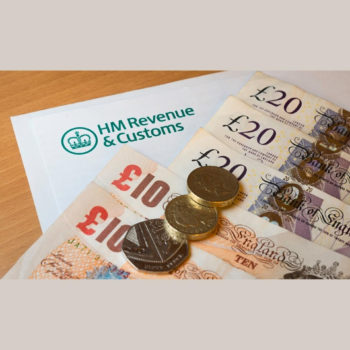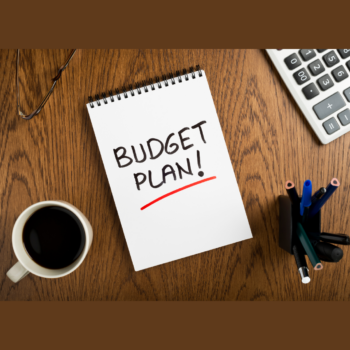

Do you worry about how you’re going to pay your tax bill? Do you dread the January deadline? In this blog we outline some hints and tips on budgeting for your tax bill.
How do you even start to think about budgeting for your tax bill? The best way to look at it is to pretend you’re employed. One of the big advantages of being employed is that your income tax is taken out of your wage before you receive it. You don’t have to think about putting money aside as it’s done for you.
The other important question is how much do you need to put aside? This will depend on your personal circumstances but there are some general steps you can follow to work out how much to save.
Allocate your personal allowance
We all have a personal allowance, this is the amount we can earn before we pay income tax. The current year 2023/2024 the personal allowance is £12,570
Income tax
This is the tax you’ll pay on the profit you make, after utilising your personal allowance. Depending on how much you earn there are currently three different rates for income tax. For 2023/2024 these rates are 20%, 40% and 45% respectively.
| Band | Taxable Income | Tax Rate |
| Personal Allowance | Up to £12,570 | 0% |
| Basic rate | £12,571-£50,270 | 20% |
| Higher rate | £50,271-£125,140 | 40% |
| Additional rate | Over £125,140 | 45% |
National Insurance
The current rates for National Insurance for the self employed are as follows:
The Government has removed the weekly Class 2 flat rate for those with profits under £12,570. For profits of £12,570 or more a year, you will pay class 2 NIC at £3.45 a week. For the 23-24 tax year, you’ll also pay Class 4 National Insurance Contributions at 9% on profits between £12,570 and £50,270 and 2% on profits over £50,270.
For more information on National insurance Contributions check out the gov.uk website.
 How much to put aside?
How much to put aside?
You need to have an idea on your earnings for the year and go from there. The gov.uk has a tool to help you calculate how much you’ll pay in tax by estimating your income.
As a general rule, if you think your income tax band will be 20%, it’s beneficial to put 30% aside. This will help cover your National Insurance Contributions too.
Payments on account
Payments on account are advance payment towards your tax bill and this is where people can get caught out. You’ll have to make two payments on account every year unless:
- Your last Self Assessment tax bill was less than £1,000
- You paid more than 80% of the previous tax year’s tax you owed
Each payment is half your previous year’s tax bill. Payments are due by midnight on 31 January and 31 July.
Budget Payment Plan
HMRC are keen to help people budget for their tax bill. There are a few tools you can use to help you budget for your tax bill. One of the tools is called a Budget Payment Plan. This plan allows you to make weekly or monthly payments towards your tax bill.
The amount that you put in your Budget Payment Plan will be used against your tax bill. Of course, if the amount in your plan doesn’t cover your tax bill you will have to pay the difference by the deadline (31 January).
For more information on the Budget Payment Plan head over to the gov.uk website.

Our top tips for budgeting for your tax bill
- Have a separate bank account (any bank account will do) where you can save for your tax bill, or use the Budget Payment Plan.
- Once you’ve put the money aside for your tax bill, don’t dip into it! You won’t thank yourself in January!
- Use accounting software – This will help you estimate your tax bill and it’ll help you keep on top of your bookkeeping.
- Get your tax return submitted early! Doing it as soon as you can after the end of the tax year (5 April) will mean you know what you owe the following January.
We hope this blog on how to budget for your self assessment tax bill will help you and if you need any further help give us a call today!
